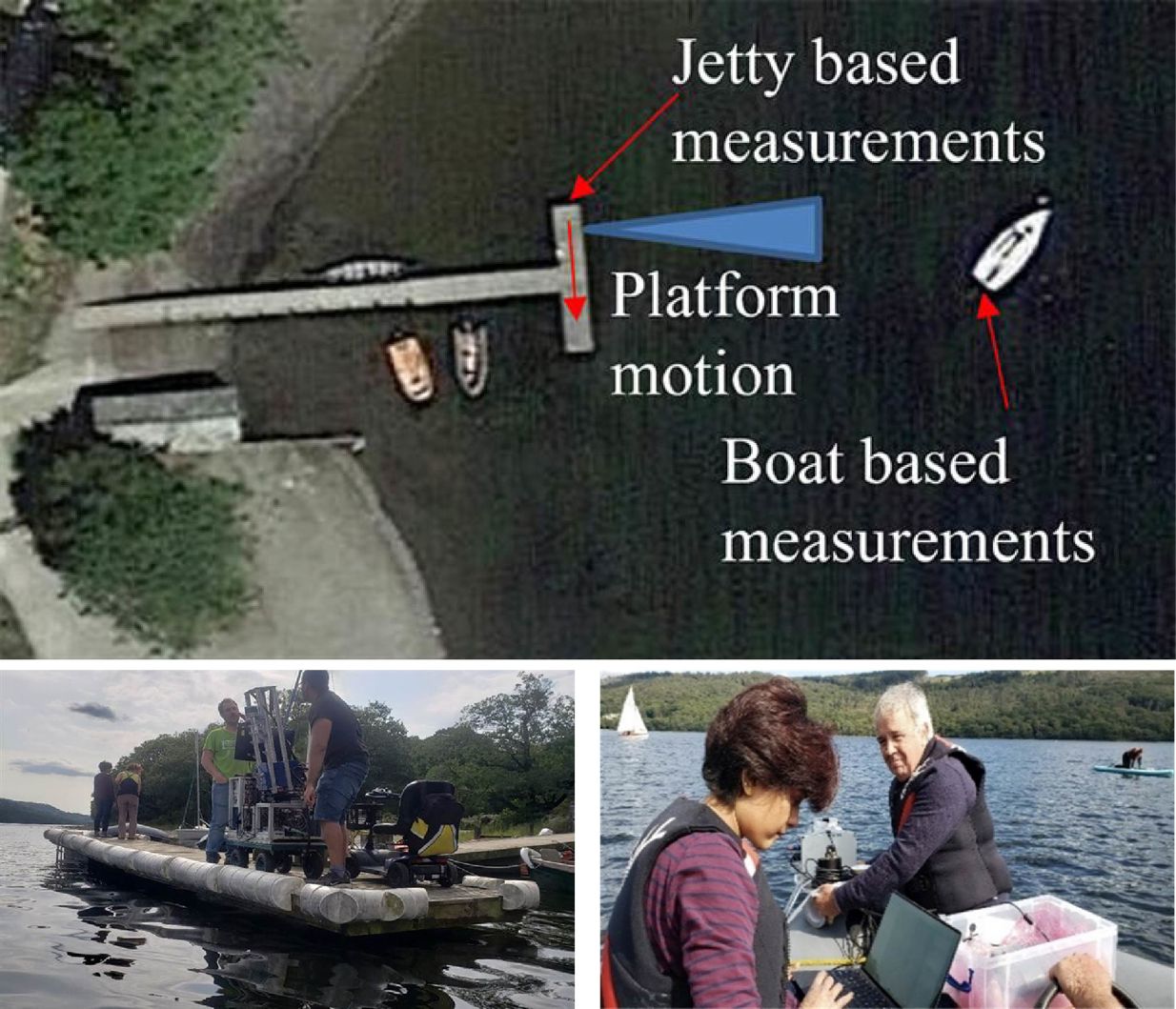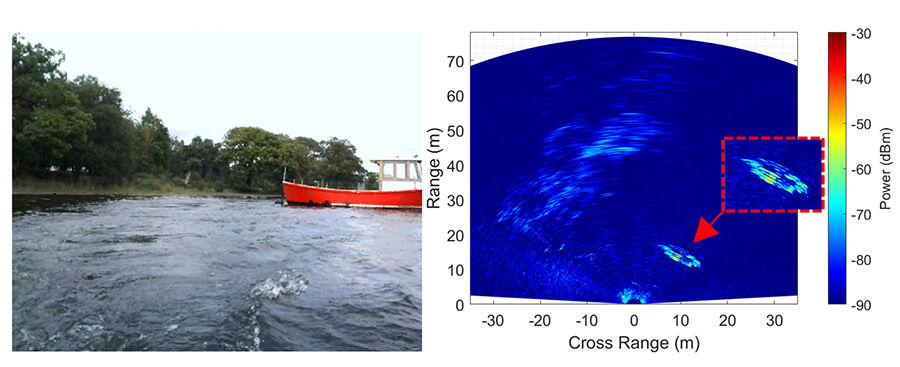With the advent of autonomous shipping, the maritime industry is on the brink of a ground-breaking transformation. This revolution in maritime navigation and mission planning, akin to the advancements witnessed in the automotive world, is set to impact vessel design, manufacture, and operation across the board.
Not only will it lead to cost reductions, but it will also bring about significant environmental benefits. At the core of this transformation lies advanced electronics, empowering vessels with superior sensing and processing capabilities that surpass human abilities, enabling autonomous operations.
While large autonomous ships have received attention since their announcement in 2018, there is a growing market for small to medium agile vessels that demands new sensing capabilities. These vessels require situational awareness of their environment, especially at shorter ranges, presenting unique challenges, distinct from those faced by larger ships including:
- Robust all-weather day/night detection and classification of small objects within a range of up to ~300 metres to ensure the safety of the boat, humans, and sea animals, especially considering that large ships find it challenging to manoeuvre in such close proximity.
- Small boats are more vulnerable to large waves, making wave profiling essential for adapting to dynamic environments and enabling safe path planning.
The recent developments in radar sensing have unlocked new possibilities where short wavelengths and wide bandwidths can be exploited to achieve capabilities that surpass traditional marine radar:
- Radar imagery closely resembles video, allowing for the utilization of existing image processing algorithms.
- Small sensors with improved cross-range resolution significantly enhance the detection and classification of small objects.
- Three-dimensional imagery provides more details of the environment therefore, enhanced situational awareness.
- Radar's sensitivity to surface texture enables image segmentation, facilitating the detection of anomalies within the mapped scene.
- Radar waveform can be adjusted to enhance scene assessment in the spatio-temporal domain, maximising its effectiveness in dynamic environments.
To address the challenges of providing essential situational awareness capabilities for small marine craft, ensuring safe and efficient operation in dynamic sea conditions, the researchers at MISL are at the forefront of developing a novel sub-THz 'intelligent' radar sensing system within the 140-340 GHz frequency spectrum. This state-of-the-art solution offers superior imagery, precise measurements, and cognitive scene assessment by leveraging radar parameters and employing novel data processing techniques.
- Our system employs a two-stage approach to detect and classify objects as anomalies within the '5D descriptor space,' encompassing range, cross-range, elevation, Doppler, and micro-Doppler dimensions.
- The dynamic 3D sea surface is mapped in real time, enabling reliable detection of hazards, including small surface or semi-submerged objects and hazardous seas, with exceptional spatial and temporal fidelity.
With our innovative sub-THz radar sensing system, we strive for a safer, more efficient, and environmentally conscious maritime future.
 Measurements on Coniston Water, UK (top) overview of measurement scene (bottom left) jetty based measurements (bottom right) boat based measurements
Measurements on Coniston Water, UK (top) overview of measurement scene (bottom left) jetty based measurements (bottom right) boat based measurements
 Example of the results obtained using MIMO synthetic aperture radar (SAR) technology. (left) image of the scene (right) SAR image.
Example of the results obtained using MIMO synthetic aperture radar (SAR) technology. (left) image of the scene (right) SAR image.